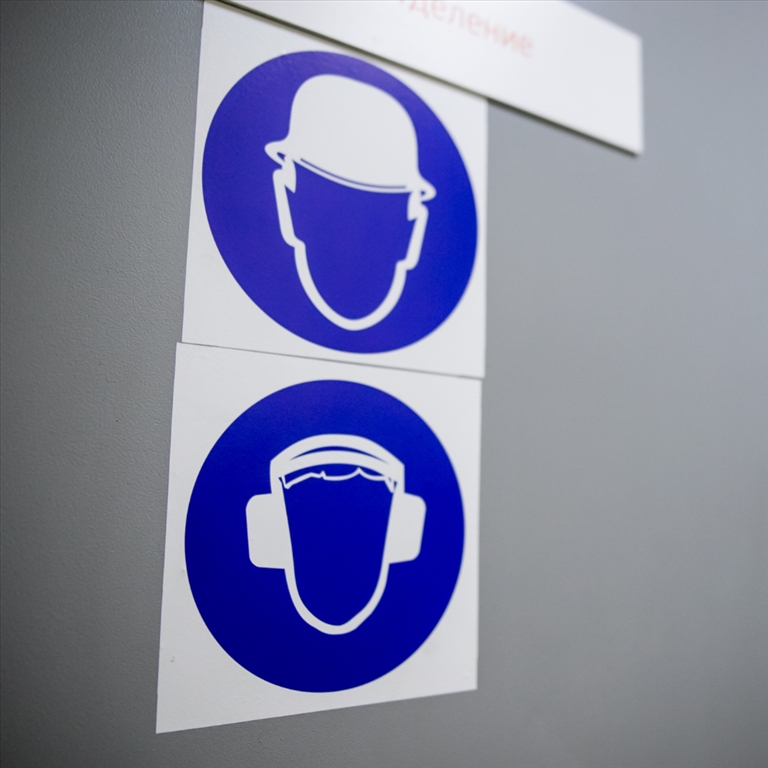This article, from the British Occupational Hygiene Society (BOHS), explains the role of an occupational hygienist.
Also known as industrial hygienists, occupational hygienists are skilled in worker health protection (occupational hygiene). Occupational hygiene is one of the core disciplines included in the general term ‘occupational health’.
What is an Occupational Hygienist?
Occupational hygienists help employers understand how health hazards affect the health of workers, how significant the risks may be and advise on reducing those risks by identifying suitable controls.
They frequently work as part of a multi-disciplinary team, including occupational health physicians, occupational health nurses and other health and safety professionals.
Occupational hygienists have the skills to identify, assess and find solutions to control workplace health hazards and thereby manage any associated risk to health. These may be chemical, physical, biological or ergonomic and can be present in the workplace in many forms. For example:
-
Chemical agents: causing acute ill health effects after short term typically high levels of exposure such as skin and respiratory irritants, or chronic ill-health effects after long term generally low levels of exposure such as carcinogens. Chemical agents may be present in the workplace as liquids, gases, vapours, dusts and mists and may occur from direct exposure to a chemical substance, e.g. solvent, or as a result of work activity, e.g. fumes and gases from welding.
-
Physical agents: noise and vibration from fixed and handheld equipment, and ionising radiation (e.g. alpha, beta, gamma rays) and non-ionising radiation (e.g. infra-red, ultraviolet, microwave, radio waves) from the natural environment or from various types of equipment.
-
Biological agents: bacteria (e.g. legionella pneumophila in water systems, food poisoning bacteria), parasites (e.g. malaria-carrying mosquitos), and viruses (e.g. Ebola).
-
Ergonomic agents: musculoskeletal issues (e.g. from poor workplace design, manual handling, working with Display Screen Equipment).
Working Approach
Occupational hygienists will:
-
Identify hazardous agents in the workplace
-
Evaluate exposure to those hazardous agents to determine the level of risk
-
Apply engineering controls to reduce the risk when necessary, such as local exhaust ventilation
-
Use administrative measures to further reduce risk, such as developing a procedure on how to operate machinery safely or signs to warn people of a hazard
-
Select appropriate personal protective equipment (PPE) to reduce risk further if still required and as a last resort, or as an interim protective measure
Required Knowledge
Occupational hygiene is an applied science. The required knowledge covering the types of hazardous agents varies and includes:
-
Toxicology and how the various hazardous agents impact on the human body
-
Measurement methods and equipment/instruments
-
Analysis of measurement results including statistical analysis
-
Evaluation of risk and any need for action to reduce exposures
-
A wide range of methods of exposure control, including engineering measures such as ventilation systems
-
Containment solutions and personal protective equipment
-
Taking account of human factors and leadership in addition to technical requirements
Applications
There is a role for an occupational hygienist within most workplaces, large or small. This may be as a consultant or as an employee typically within larger organisations such as companies involved in: construction, manufacturing, mining, engineering, energy, petrochemical, and refining, to name a few.
Also, there are opportunities to work within regulatory agencies setting national policy and assuring compliance with health and safety regulations.
Occupational hygiene expertise is also more broadly relevant, for example:
-
Research and development in the area of Exposure Science to improve understanding of health risks and how to manage them effectively, such as furthering the understanding of risks from new substances like nanomaterials. This may be as part of industry, government or academia;
-
Regulatory chemical risk management as part of managing requirements for the appropriate and safe use of marketed chemical substances from the cradle to the grave as part of product stewardship and supporting a company’s license to operate.
Find out more on the BOHS Website.
